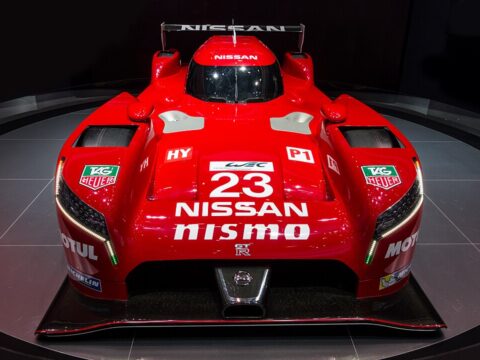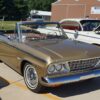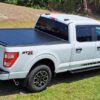The Chevrolet Corvette, often hailed as America’s sports car, has exerted a significant influence on the sports car landscape since its debut in 1953. Here are 10 unexpected ways in which the Corvette has shaped and inspired the design, technology, and spirit of sports cars globally:
Contents
Introduction of Fiberglass Body (1953)
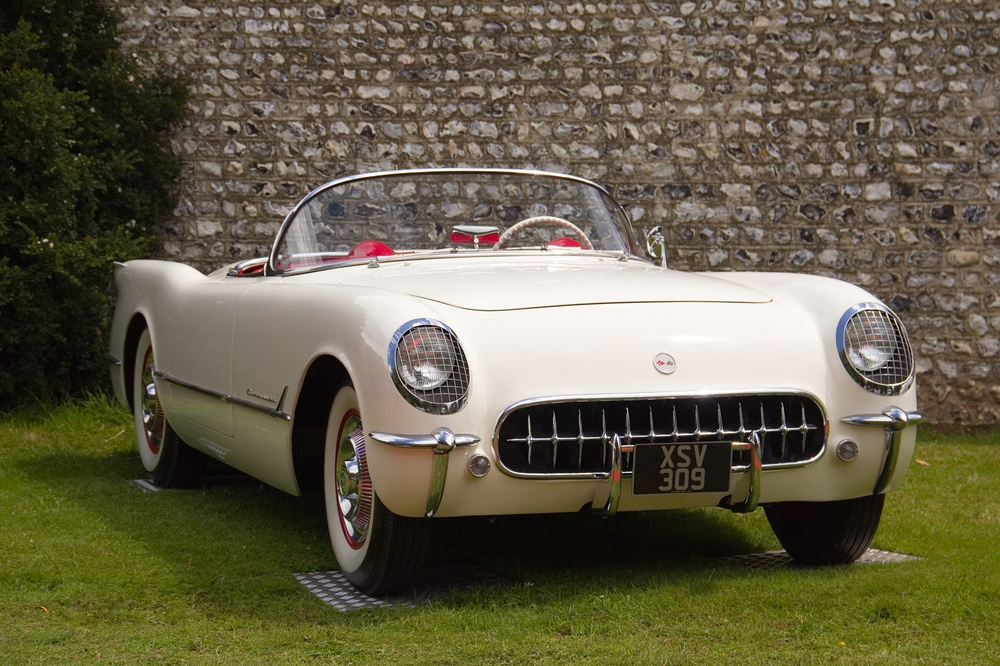
The Corvette introduced the use of fiberglass for its body construction in 1953, a significant departure from the steel bodies of the time. This innovative material choice reduced weight, enhancing performance and fuel efficiency. Fiberglass bodywork became a defining feature of sports cars seeking a lightweight build, influencing manufacturers worldwide to explore alternative materials.
Small-Block V8 Engine (1955)
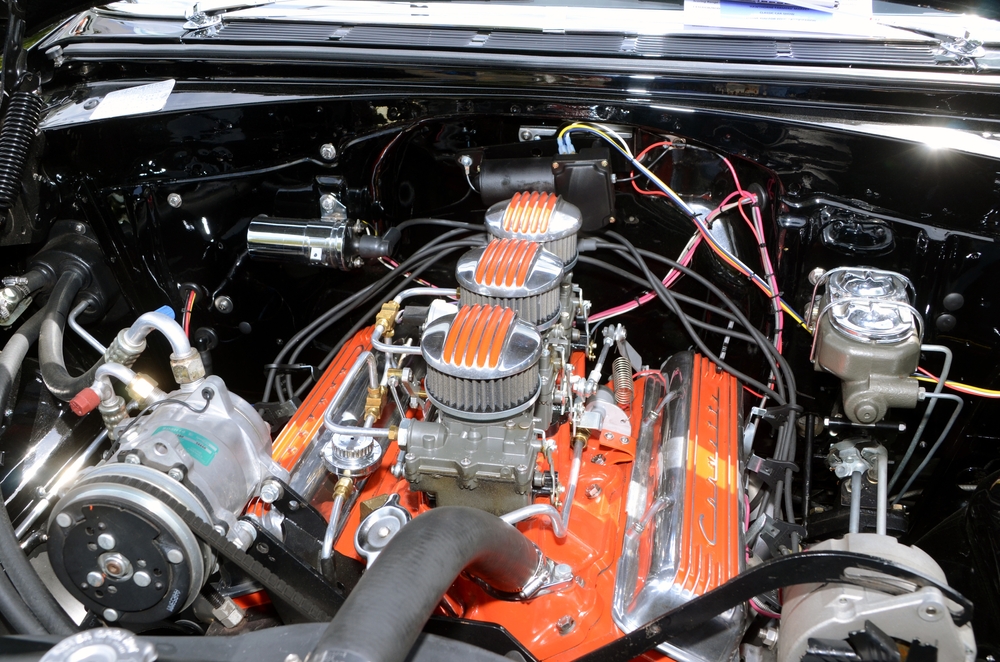
In 1955, the Corvette received its first V8 engine – the small-block V8. This engine became renowned for its compact design, light weight, and high performance. The small-block V8 concept inspired other sports car makers to develop similar compact, high-performance engines, balancing power and efficiency in a way that became essential for modern sports cars.
Independent Rear Suspension (1963)
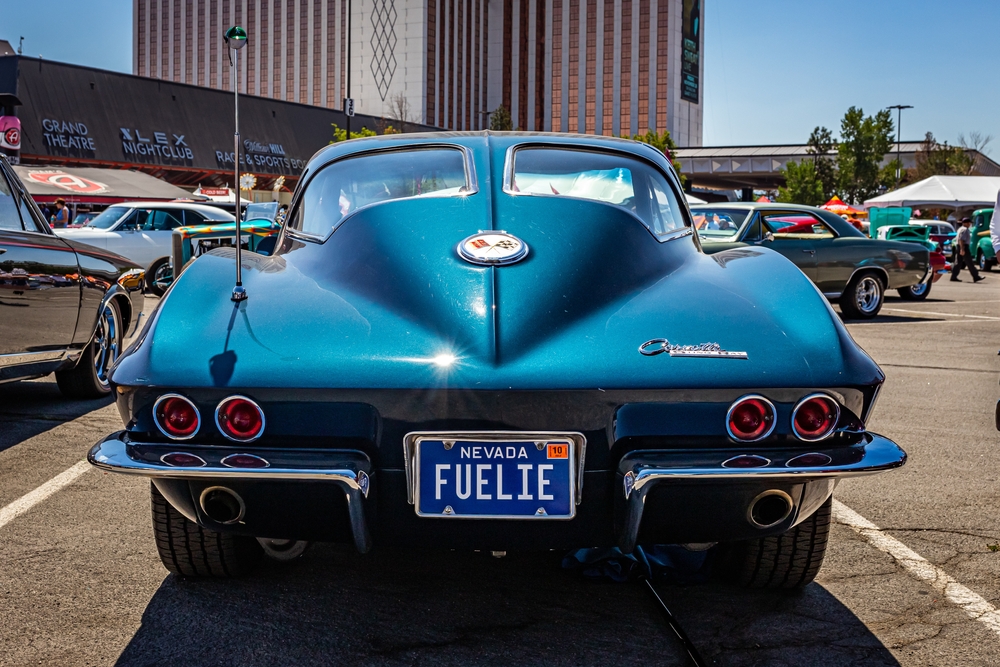
The 1963 Corvette Stingray introduced independent rear suspension, replacing the previous solid rear axle. This feature significantly improved handling and ride quality, setting a new standard for sports car performance. This innovation influenced other sports car manufacturers to adopt independent suspension systems for better dynamic driving capabilities.
Aerodynamic Testing for Production Cars (1960s)
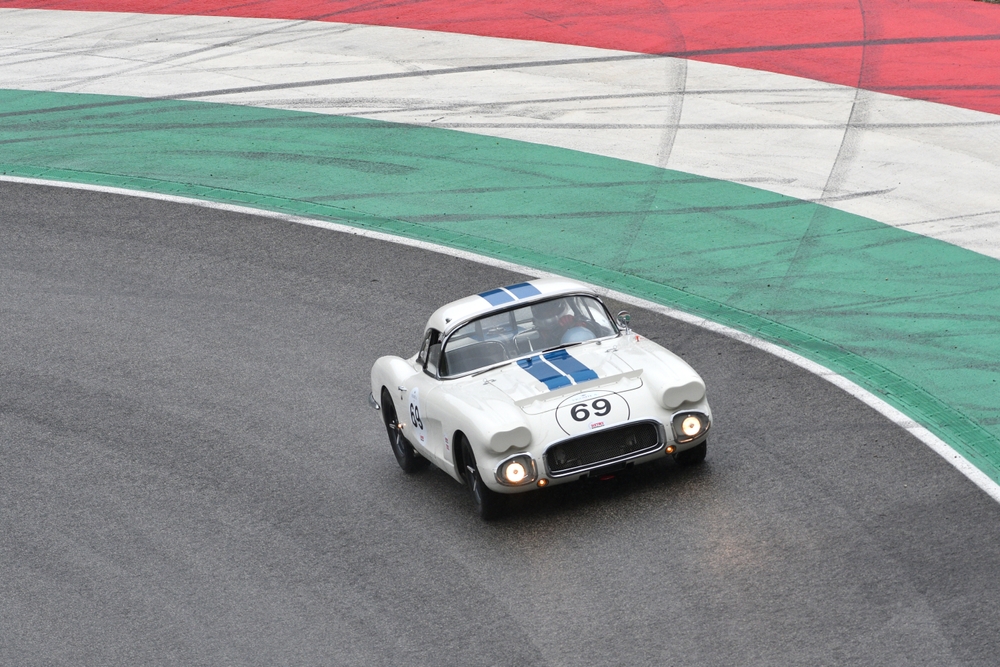
During the 1960s, Chevrolet began using wind tunnels to test and improve the aerodynamics of the Corvette. This practice, while common in race car development, was revolutionary for production cars. It led to more aerodynamically efficient designs in sports cars, enhancing speed and stability.
T-Top Roof (1968)
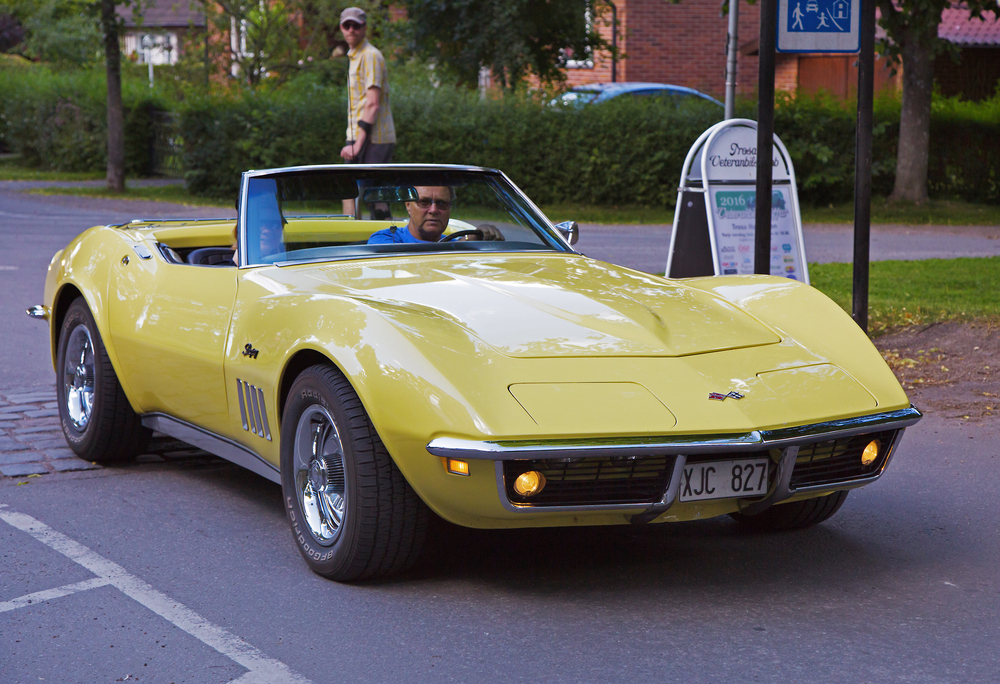
The 1968 Corvette introduced the T-top, a type of removable roof panel that became synonymous with sports cars of the era. This design offered the benefits of a convertible while retaining the rigidity of a coupe, influencing other sports car manufacturers to adopt this stylish yet practical roof option.
Electronic Fuel Injection (1982)
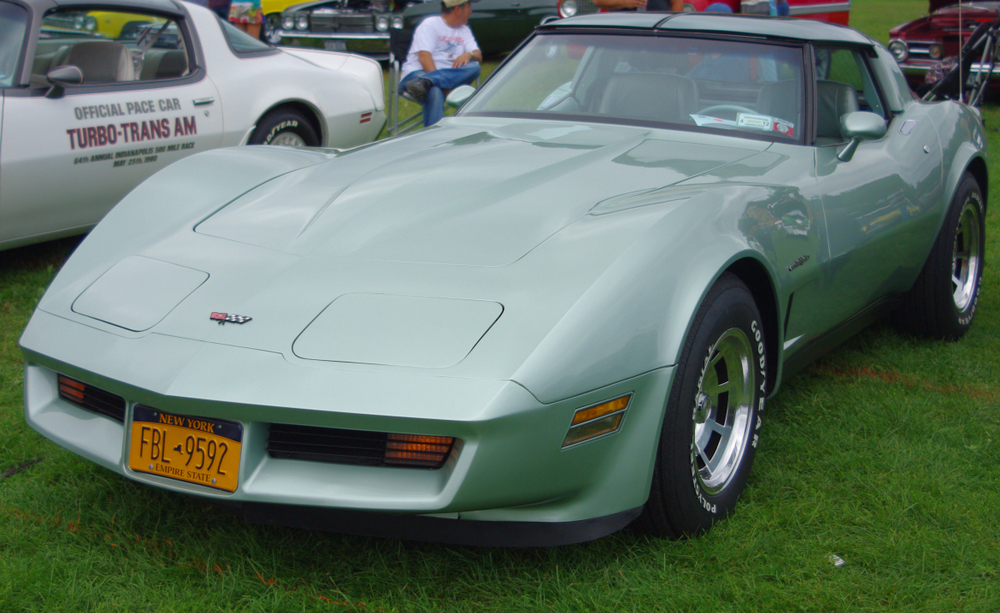
The 1982 Corvette was one of the first mass-produced cars to use electronic fuel injection (EFI) in place of carburetors. EFI improved engine performance, efficiency, and emissions control. This technology soon became the standard in the automotive industry, greatly influencing the performance and environmental impact of modern sports cars.
Carbon Fiber Components (1990s)
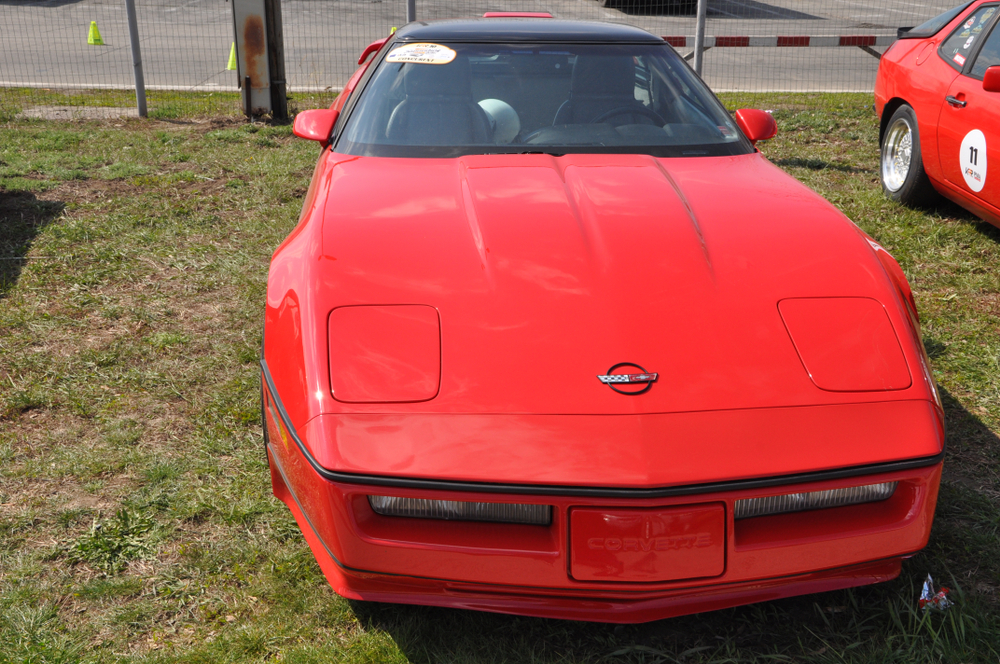
In the 1990s, the Corvette began incorporating carbon fiber components, initially in high-performance variants like the ZR-1. Carbon fiber’s strength-to-weight ratio was unmatched, leading to its widespread adoption in sports cars for reducing weight while improving strength and performance.
Active Handling System (1996)

The 1996 Corvette introduced an active handling system, an early form of electronic stability control. This system helped drivers maintain better control during high-speed maneuvers and in slippery conditions, influencing the broader implementation of advanced driver-assistance systems in sports cars for enhanced safety and performance.
Heads-Up Display (HUD) (1999)
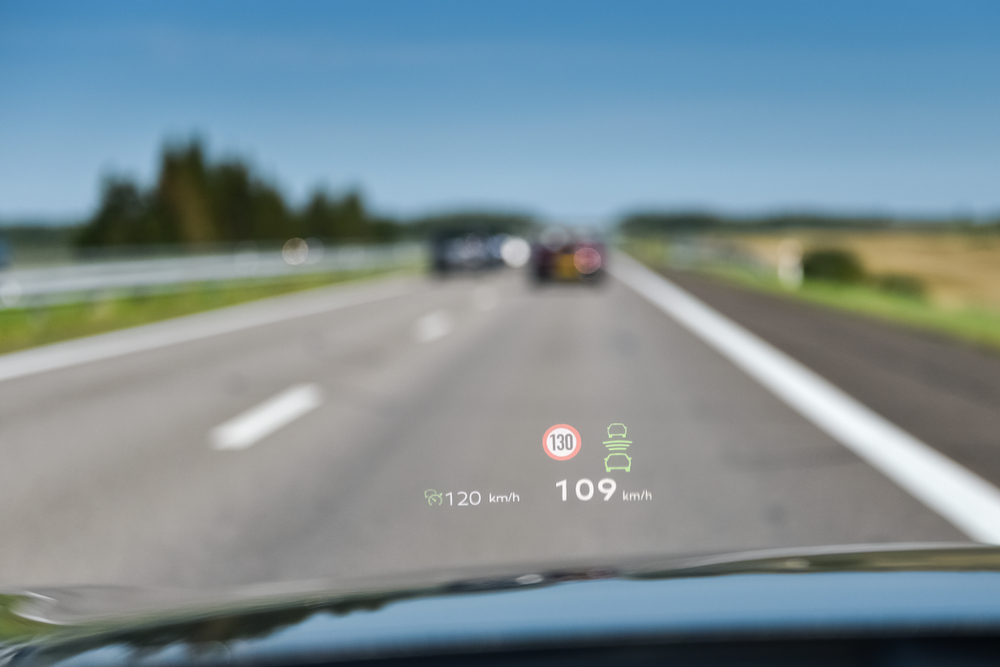
The Corvette was one of the first sports cars to offer a heads-up display (HUD) in 1999, projecting critical information onto the windshield. This feature allowed drivers to maintain focus on the road while monitoring vehicle data, inspiring other sports car manufacturers to integrate similar technology for a more engaged driving experience. (Note that the image shown is a generic representation of a car HUD).
Mid-Engine Configuration (2020)
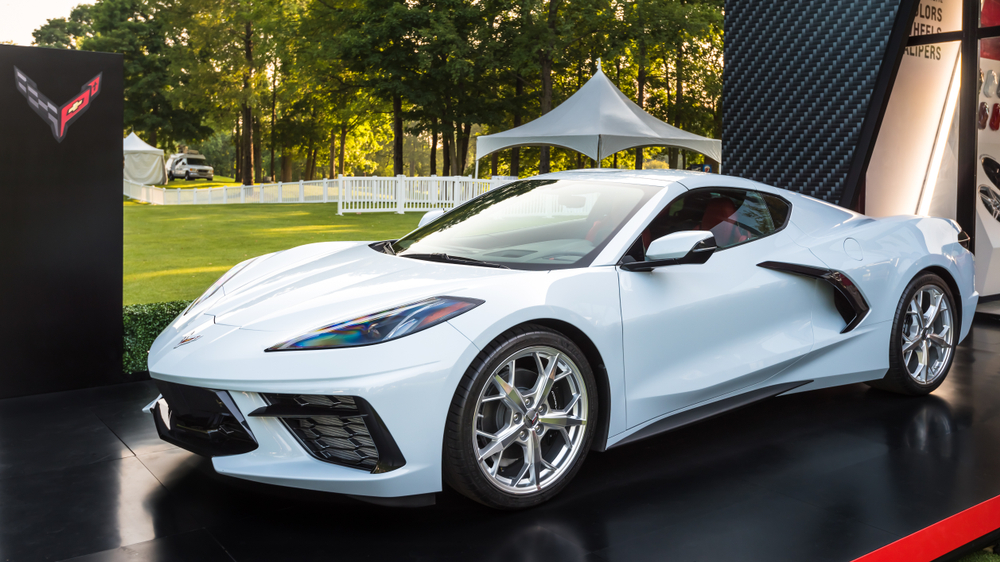
The 2020 Corvette Stingray marked a significant shift with its mid-engine configuration, a trait typically associated with exotic sports cars. This design improved weight distribution and handling dynamics, pushing the boundaries of what a relatively affordable sports car could achieve. It set a new benchmark for performance and design, influencing how sports cars balance accessibility with high-end engineering.
This article originally appeared on MyCarMakesNoise.
More from MyCarMakesNoise
Limousines of All Time

Regarding luxury and style on the road, few vehicles can match the elegance of a limousine. These extraordinary cars have long been symbols of opulence, sophistication, and comfort, making every journey a special occasion. Read more
The 25 Most Innovative Cars You Can Buy Today

In today’s fast-paced world, automotive technology is evolving at an unprecedented rate, bringing us cars that are smarter, safer, and more efficient than ever before. From advanced driver assistance systems to groundbreaking electric powertrains, innovation is at the heart of modern automotive design. Read More
12 Trailblazing Hybrid Cars Setting New Standards

In a world dominated by a growing concern for environmental sustainability, the automobile industry has seen a monumental shift towards eco-friendly alternatives, with hybrid cars leading the charge. Read More




